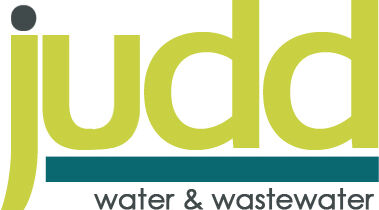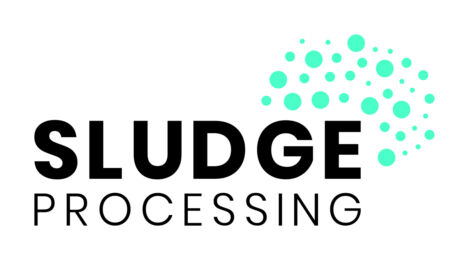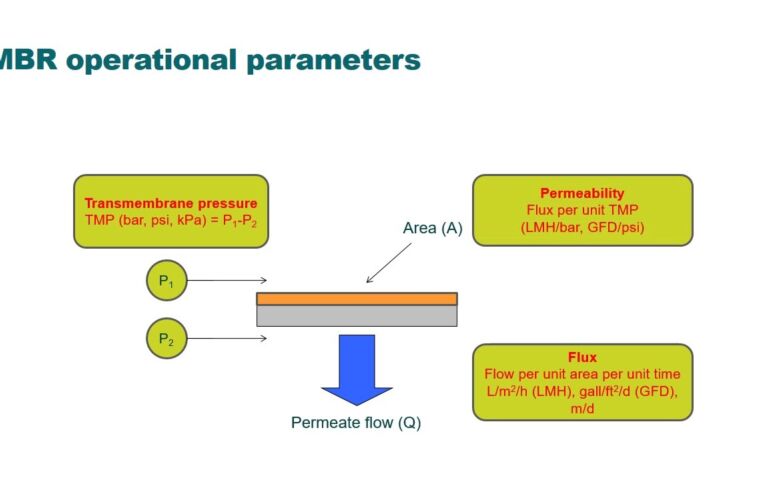Installing an MBR for industrial wastewater treatment

Installing an MBR for industrial wastewater treatment
The criteria for selecting an industrial wastewater treatment plant (IWwTP) are almost entirely financial. Selection may be based on long-term strategic planning, be a necessary component of a new-build facility in the absence of a sewer (or a condition imposed by the sewerage operator), or could arise from an imposed regulatory requirement in the face of financial penalties.
Regardless of the motivation, the cost analysis is crucial, specifically in terms of determining the payback period.
Discharge to sewer
If a sewer connection exists and the sewerage operator (normally the statutory or private water/wastewater company or operator) is prepared to accept the discharged effluent, then this is often the most cost effective route.
Operational costs are then determined by the fee levied by the sewerage operator for receiving the effluent. This is normally on a pollutant load basis, i.e. per kg of COD and/or suspended solids per unit volume or time, and is most likely to be less than the capital cost of a treatment plant if amortised over a period of 18 months or less. 18 months is a reasonably representative period over which most companies would require payback of the capital investment.
It is only possible to discharge to a municipal works via the sewer if:
- there is spare capacity on the works, and
- the works is capable of treating the industrial effluent without upset to it.
Local or global market forces can also impact on any decision. It may be that the sewerage operator regards the loss of the industrial effluent as being undesirable, both financially and technically, since there would be both a loss of income and a possible upset to the centralised wastewater treatment works (WwTW) if it becomes under-loaded. An under-loading of a biological treatment process produces a sub-optimal performance.
The sewerage operator may then choose to offer discretionary rates to allow the company to continue to discharge to their WwTW.
Wider market forces come into play regarding operations within the industrial facility itself. A company may choose to cease production of a specific range of goods or commodity item within the facility which then impacts on the effluent quality. This can affect both the charge levied by the sewerage operator for receiving and treating the effluent, as well as the viability of the effluent treatment process itself − whether this is the IWwTP or the centralised WwTW.
In any respect, it is normally simpler and less expensive to obtain permission to discharge to the sewer than to an environmental body. If, on the other hand, no sewer connection exists then it is almost inevitable that an IWwTP must be installed. It is then a matter of designing a system which is fit for purpose at the lowest cost, while still maintaining the principle of the best available technology.
Process control measures
Industrial wastewater treatment technologies and systems tend to be more diverse than municipal ones, reflecting the much wider range of pollutants, their concentrations and their temporal variability in industrial effluents.
While there are usually no impacts from infiltration or hydraulic surges from storm events for an IWwTP, fluctuations in flows and loads are generally greater for industrial effluents than municipal ones. These primarily correspond to addition and losses of materials associated with the manufacturing or other industrial processes within the facility. Such fluctuations demand flow equalisation, which is standard practice at many industrial sites whereas it is normally limited by expense for municipal WwTWs. The provision of 12-24h of EQ then allows a degree of process control, if samples are taken from the EQ tank, and appropriate action can be taken to counteract any potential adverse impacts of recorded changes in water quality.
Process control measures such as these are critically important for treating industrial effluents. The biological unit operation of an IWwTP must be kept viable during seasonal shutdown periods, such as winter vacations, and may also be required to be robust to temperature changes if the latter are not adequately addressed by EQ. Sudden falls in temperature can adversely affect the microbial ecology generally, and nitrification specifically, and nitrification is also sensitive to pH decreases to 5.5 or less.
In the worst case, reseeding of the bioreactor with new sludge may become necessary, but new sludge is invariably from a municipal source which must then be acclimatised to the industrial effluent.
Effluent quality
The sludge product can vary widely in manageability. A food effluent treatment sludge is likely to be more acceptable for composting than municipal sludge because of reduced perceived pathogen risks. On the other hand, some industrial MBR sludges may be categorised as hazardous wastes due to, for example, their heavy metal content.
By the same token, the content of industrial effluent itself (with respect to heavy metals, biorefractory or volatile organic matter, and other substances considered onerous to the treatment process) can cause problems with the sludge management at receiving municipal WwTWs. If the quality of the sludge generated changes to the point that its required end disposal route changes from a relatively low-cost option (such as spreading to land) to a high-cost one (incineration or landfill), then the sewerage operator may choose either to impose a higher levy for accepting the effluent or else refuse to accept it on the basis of the presence of the onerous contaminants.
It's this 'changeability' of the industrial effluent which offers the greatest opportunities for MBRs. While EQ offers the greatest practical contingency against load variations, expansion of operations within an industrial facility resulting in an increase in pollutant load, demands that the effluent treatment plant be adapted accordingly.
If, as is often the case, spatial restrictions exist which limit the opportunity for additional EQ and/or the expansion of the existing unit processes, then the remaining option is to intensify the treatment capability of the existing assets.
A simple calculation based on the relative footprint of a membrane tank and a secondary clarifier for solid−liquid separation reveals that immersed MBR membrane technologies generally offer a 2−8 times reduction in footprint compared with that of a secondary clarifier. For pumped sidestream technologies, the footprint reduction may be even greater since the upper limit on the skid height is determined only by on-site height constraints rather than the membrane module physical dimensions.









